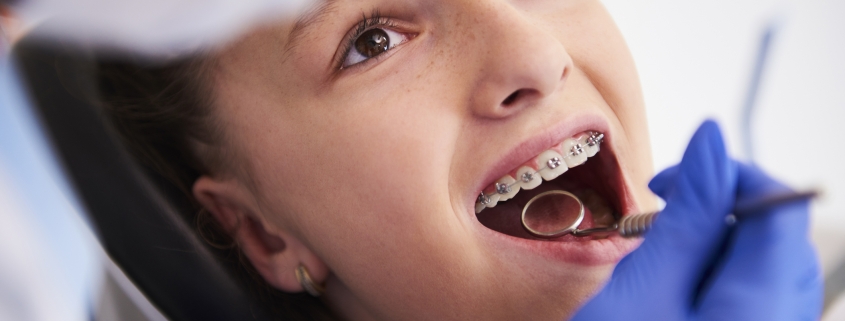Optimal Age for Orthodontic Intervention in Children
Orthodontic treatment plays a vital role in correcting dental irregularities, enhancing oral health, and boosting self-confidence. While the decision to pursue orthodontic care is often influenced by factors such as dental alignment, bite issues, and aesthetics, determining the ideal age for initiating treatment in children can significantly impact the effectiveness and duration of intervention. In this article, we delve into the complexities surrounding the best age for orthodontics in kids, considering developmental factors, treatment modalities, and long-term outcomes.
Early Intervention:
The Importance of Timing
Orthodontic problems can manifest at various stages of childhood and adolescence, ranging from overcrowded teeth and misaligned bites to jaw discrepancies. Early detection and intervention are key to addressing these issues promptly and preventing potential complications in the future. While orthodontic treatment is commonly associated with adolescence, there is growing evidence supporting the benefits of early intervention, typically between the ages of 7 and 9.
The Orthodontic Assessment
The American Association of Orthodontists (AAO) recommends that children receive an orthodontic evaluation by the age of 7, as this is when the first permanent molars and incisors have typically erupted. An early assessment allows orthodontists to identify emerging dental issues, evaluate jaw growth patterns, and develop a tailored treatment plan based on the individual’s unique needs. While not all children will require immediate intervention, early detection enables orthodontists to monitor growth and intervene at the most opportune time.
Common Orthodontic Problems in Children
Several orthodontic issues commonly observed in children may warrant early intervention, including:
Malocclusions:
Irregularities in the alignment of teeth and jaws, such as overcrowding, spacing, overbites, underbites, and crossbites, can significantly impact oral function and aesthetics.
Thumb-Sucking Habits:
Prolonged thumb-sucking or pacifier use can lead to dental misalignments and skeletal changes, necessitating early orthodontic intervention to prevent further complications.
Impacted Teeth:
Teeth that fail to erupt properly or become impacted due to overcrowding may require timely intervention to facilitate their proper alignment and eruption.
Jaw Growth Discrepancies:
Discrepancies in the size or position of the upper and lower jaws can lead to functional problems and aesthetic concerns, which may be addressed through orthodontic treatment at a young age.
Treatment Modalities for Children
Orthodontic treatment modalities for children vary depending on the nature and severity of the dental issues. Common interventions may include:
Fixed Braces:
Traditional metal braces remain a highly effective option for correcting a wide range of orthodontic problems in children, offering precise control and predictable outcomes.
Removable Appliances:
Functional appliances, such as palate expanders, headgear, and aligners, may be used to modify jaw growth patterns, correct bite discrepancies, and align teeth.
Early Interceptive Treatment:
In some cases, interceptive orthodontic treatment may be recommended to address specific issues and guide dental and skeletal development, potentially reducing the need for more extensive interventions later in life.
Long-Term Benefits of Early Orthodontic Intervention
Early orthodontic intervention in children offers numerous long-term benefits, including:
Improved Oral Health:
Properly aligned teeth are easier to clean and maintain, reducing the risk of tooth decay, gum disease, and other oral health problems.
Enhanced Facial Aesthetics:
Orthodontic treatment can improve facial symmetry, smile esthetics, and overall facial harmony, enhancing the child’s self-esteem and confidence.
Prevention of Complications:
Addressing orthodontic issues early can prevent the development of more severe problems in adulthood, potentially reducing the need for invasive treatments later on.
Determining the best age for orthodontic intervention in children involves careful consideration of various factors, including the nature of the dental issues, the child’s growth and development, and the treatment goals. Early orthodontic assessment and intervention, typically recommended around the age of 7, enable orthodontists to identify emerging problems, intervene proactively, and achieve optimal outcomes. By addressing orthodontic issues early in childhood, parents can set their children on a path to optimal oral health, functional occlusion, and a confident smile that lasts a lifetime.

